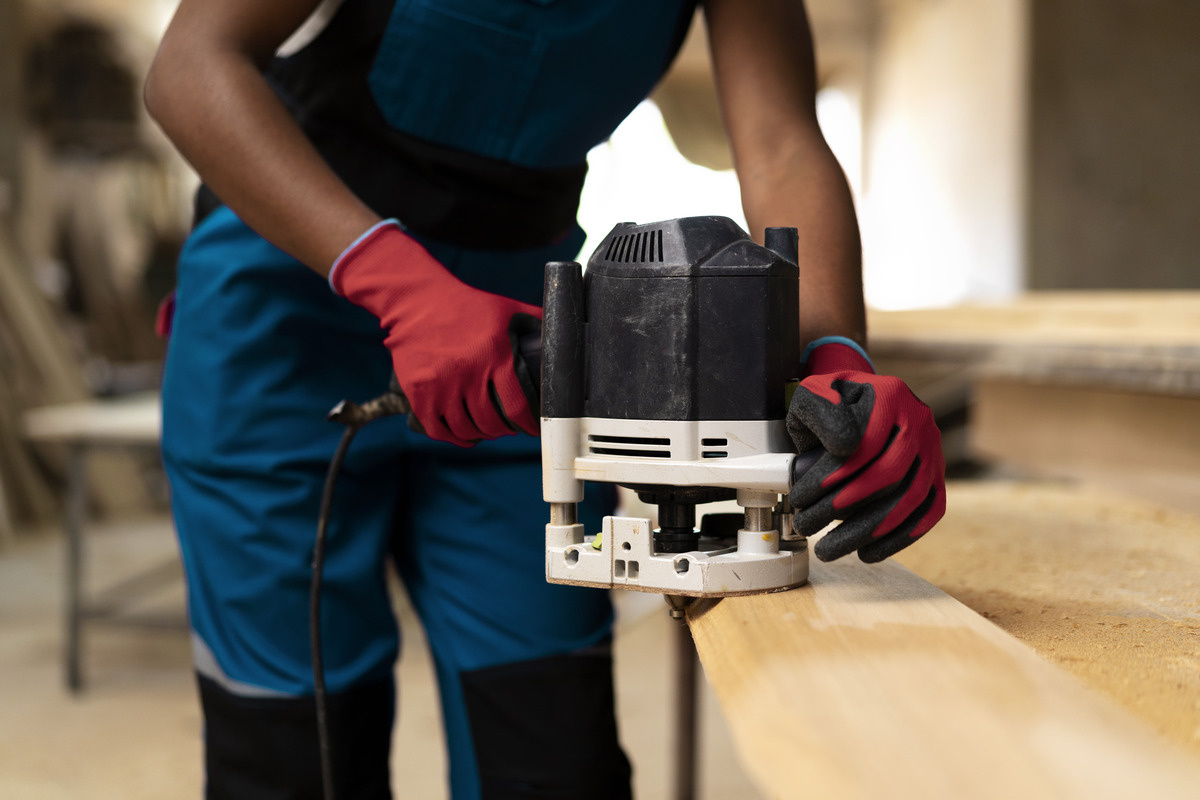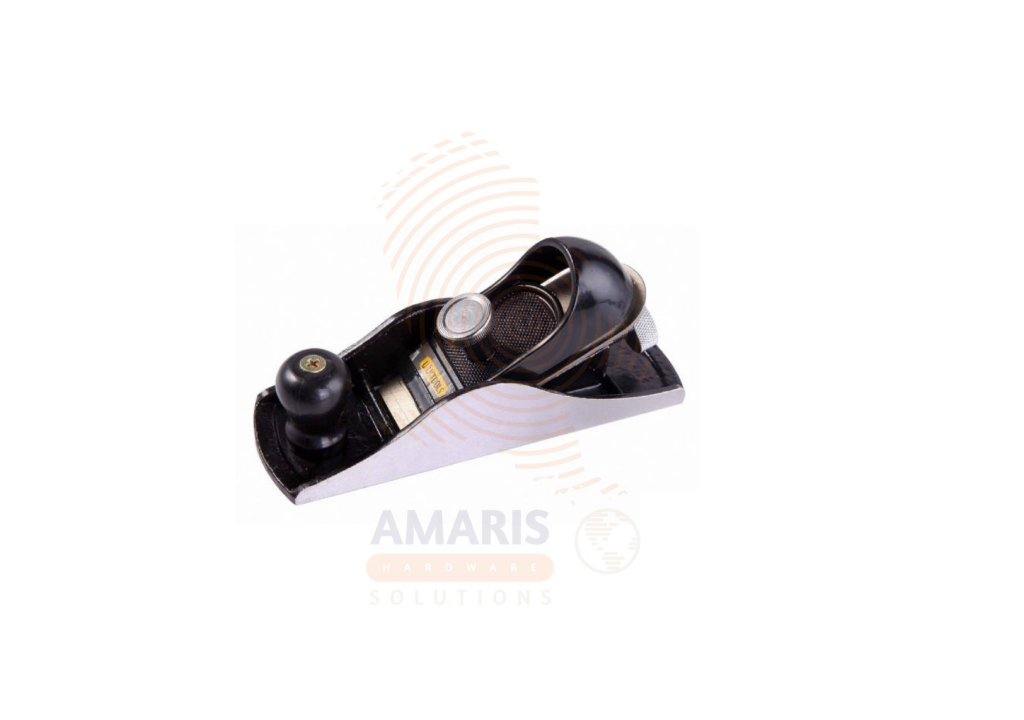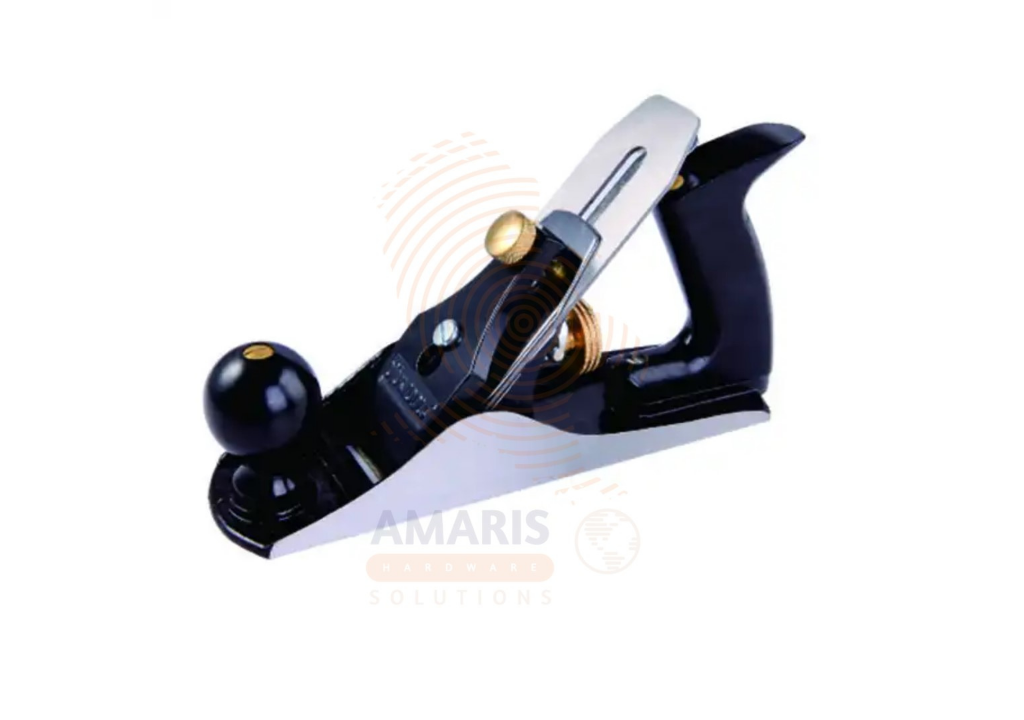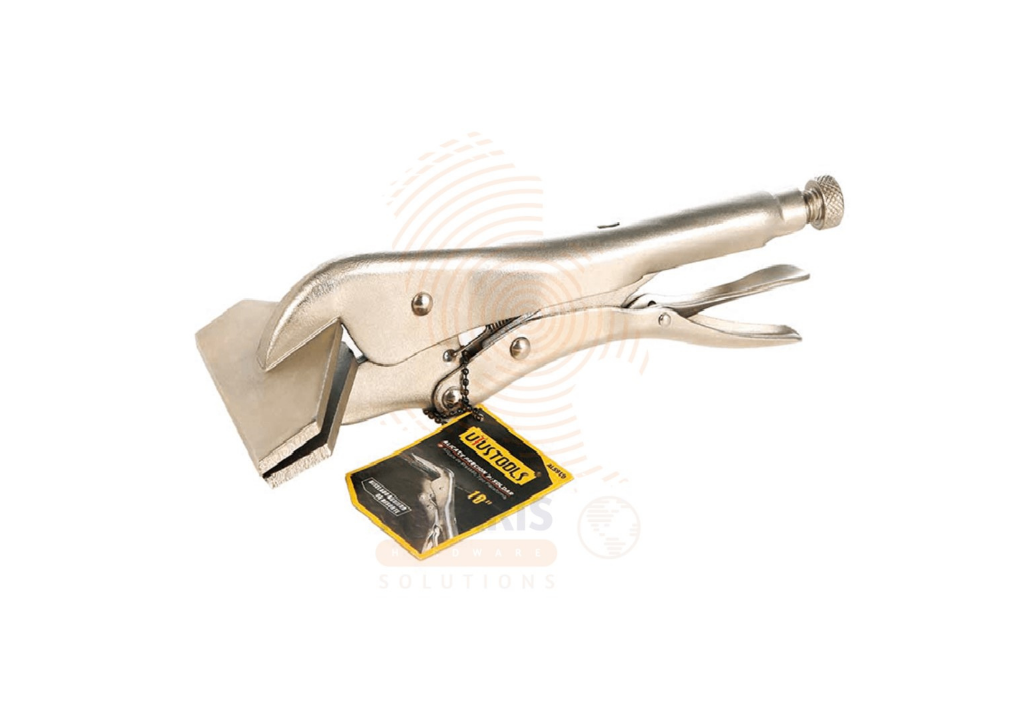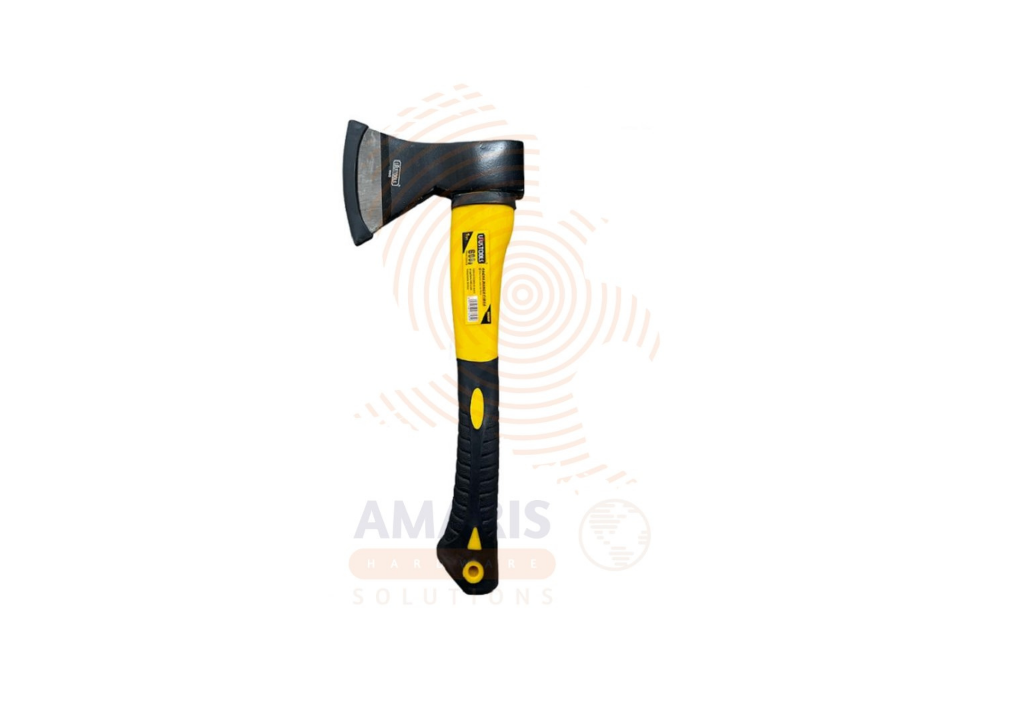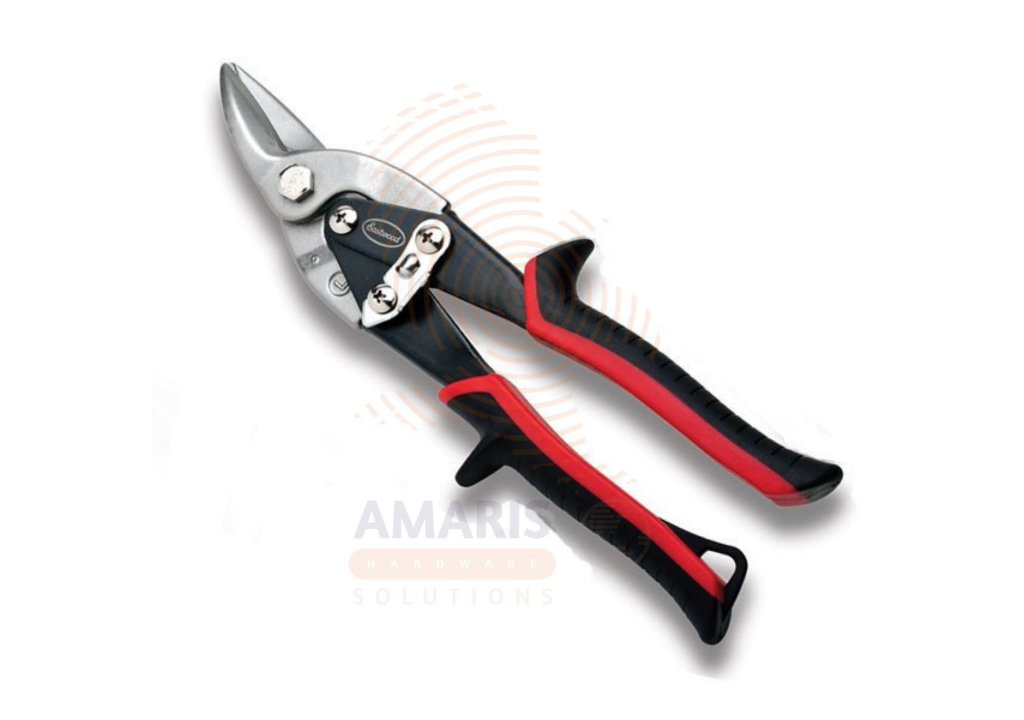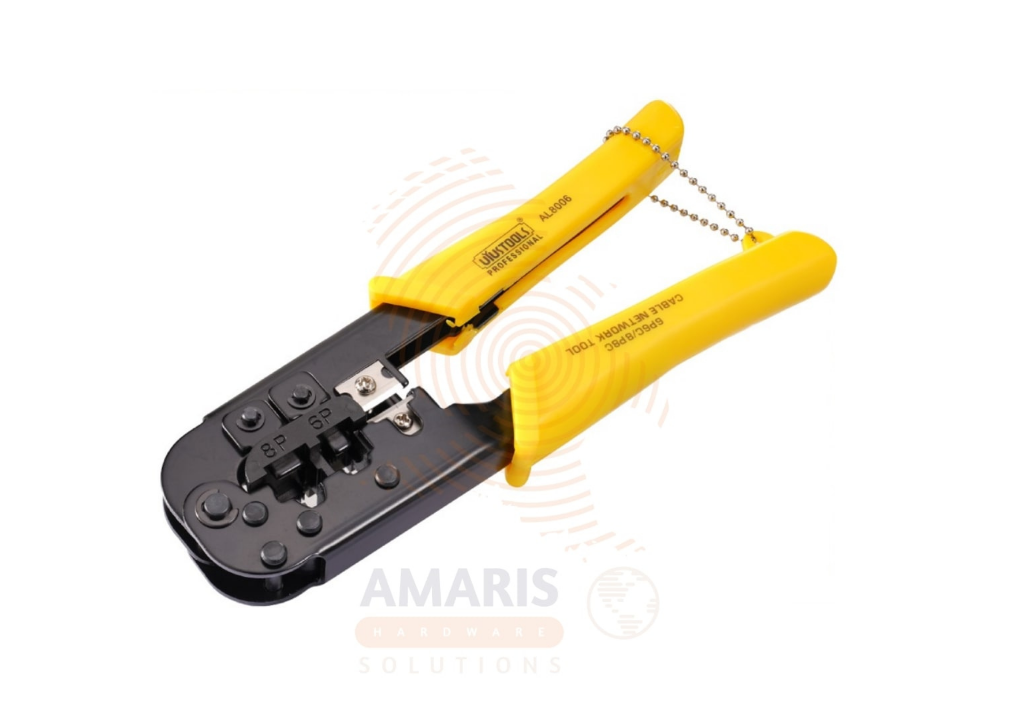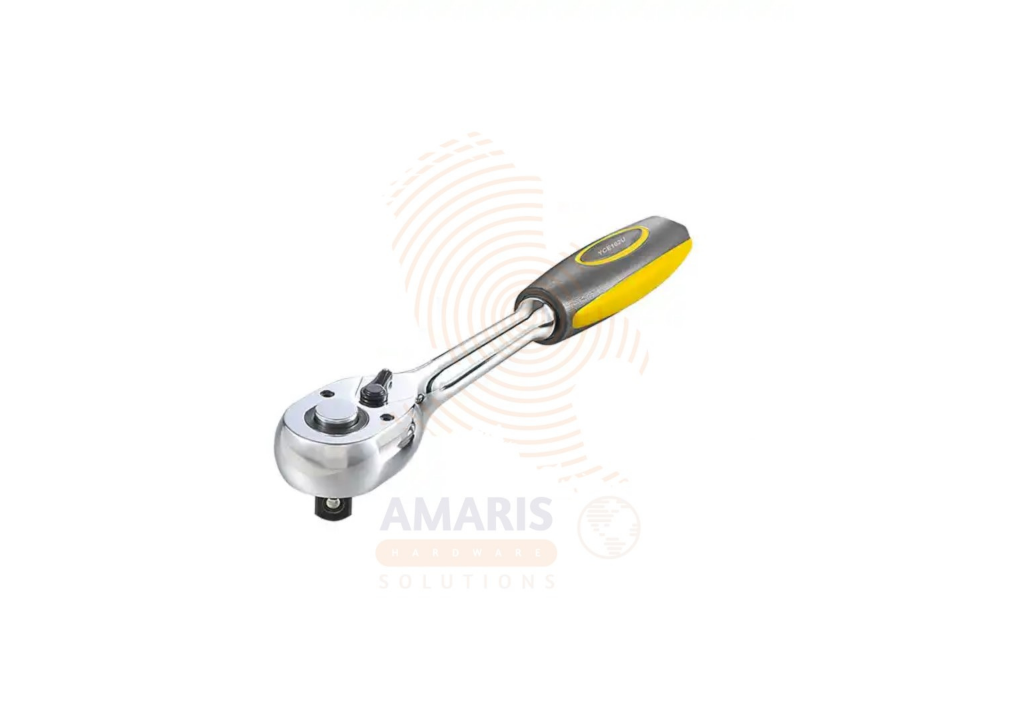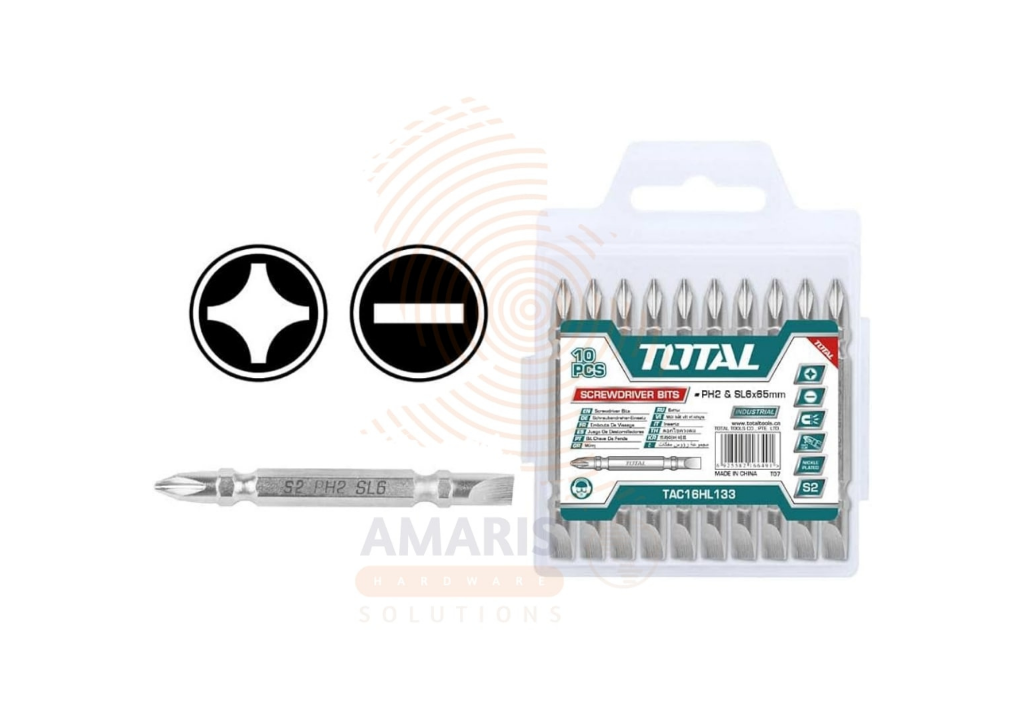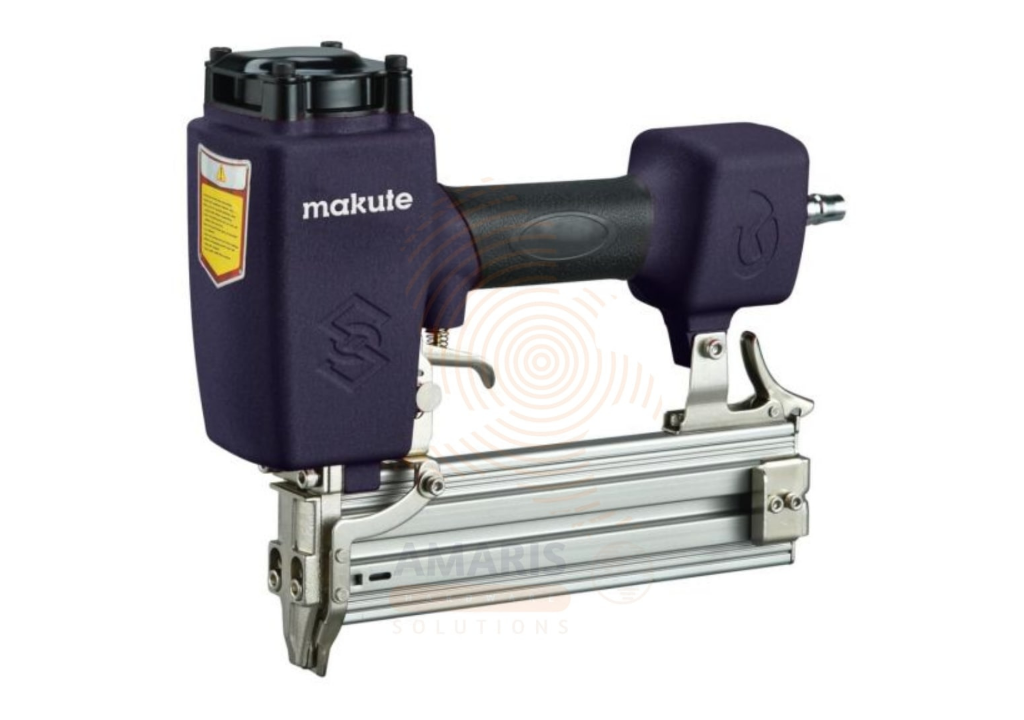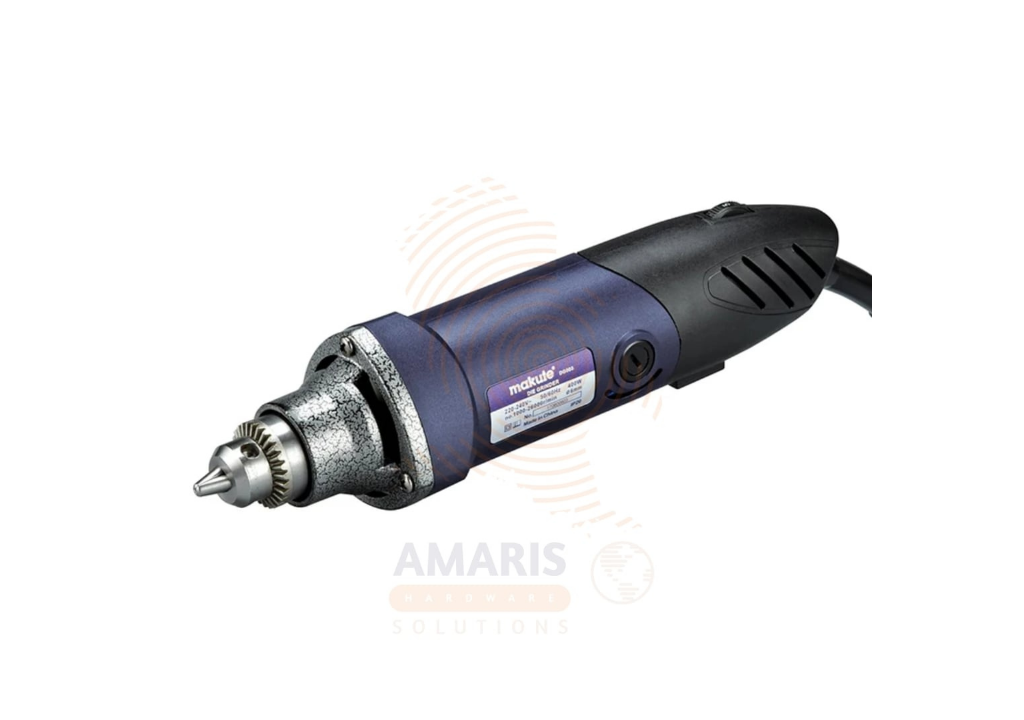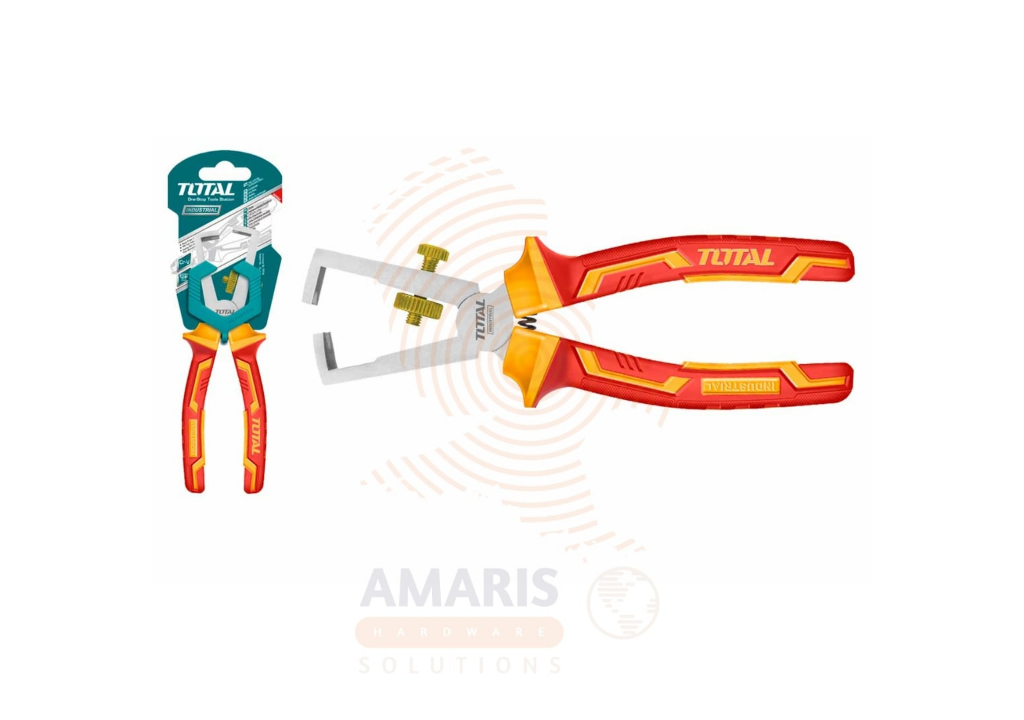“Bolt Cutter: Slice Through Metal with Ease” 🔩✂️💪
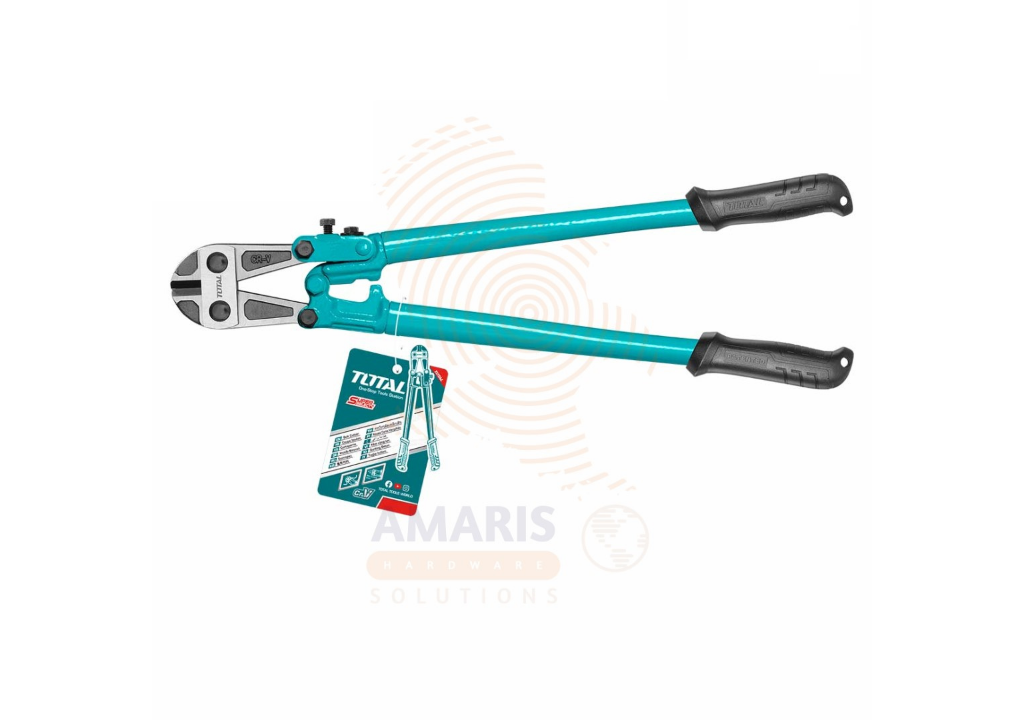
When it comes to cutting through chains, bolts, rods, or padlocks, the Bolt Cutter is a must-have tool for any workshop, construction site, or emergency kit. With its long handles and sharp jaws, a bolt cutter multiplies your strength, making short work of tough metal that would be almost impossible to cut by hand.
From security work to construction projects, this tool combines power, precision, and portability in one compact design.
What is a Bolt Cutter? 🛠️
A bolt cutter is a hand tool designed to cut through metal using leverage. It features:
- Long Handles – Provide mechanical advantage for increased cutting force.
- Hardened Steel Jaws – Capable of slicing through metal rods, bolts, chains, and padlocks.
- Adjustable Jaws – Some models allow adjustment for cutting thickness or jaw alignment.
- Portable Design – Lightweight enough to carry but strong enough to handle tough jobs.
Bolt cutters come in various sizes, typically ranging from 8 inches for light-duty tasks to 42 inches for heavy-duty industrial cutting.
Key Uses of a Bolt Cutter 🔍
- Cutting Chains & Padlocks – Ideal for security work or emergency access.
- Trimming Metal Rods or Bolts – Speeds up construction or repair work.
- Cutting Rebar – Essential in construction sites for reshaping reinforcement bars.
- Scrap Metal Processing – Useful in recycling or metalworking.
- Emergency Situations – Firefighters or rescue teams often use bolt cutters to gain quick access.
Benefits of Using a Bolt Cutter ⚡
- High Cutting Power – Leverage multiplies your strength, cutting tough metals easily.
- Time-Saving – Reduces hours of labor compared to manual hacksaws.
- Versatile – Handles chains, bolts, rods, padlocks, and rebar.
- Durable & Reliable – Hardened steel jaws resist wear and stay sharp.
- Portable – Lightweight models allow easy transport to various worksites.
How to Use a Bolt Cutter Effectively 💡
- Select the Right Size – Smaller cutters for light tasks, larger cutters for heavy-duty metal.
- Position Correctly – Place jaws squarely on the object to ensure a clean cut.
- Apply Steady Force – Push handles evenly for maximum leverage.
- Check Alignment – Ensure jaws are aligned to avoid crushing or bending the metal.
- Finish Safely – Remove the cut object carefully, as edges may be sharp.
Tips for Best Results 🧰
- Use Proper Size Cutter – Avoid overloading a small cutter on thick bolts.
- Wear Safety Gear – Gloves and eye protection prevent injuries from flying debris.
- Maintain Jaws – Keep them clean and occasionally oil pivot points for smooth action.
- Store Safely – Keep out of reach of children and in a dry place to prevent rust.
- Practice Technique – Proper positioning ensures clean cuts and prolongs tool life.
Bolt Cutter in Professional and DIY Use 🏭🏡
In industrial and construction settings, bolt cutters are essential for cutting rebar, chains, and bolts efficiently, saving both time and labor.
For home or DIY projects, a bolt cutter can handle fencing, padlocks, or scrap metal tasks with ease, making it a versatile addition to your toolkit. Its simple design, combined with high leverage, ensures that even tough jobs are handled safely and effectively.
Why Every Workshop Should Have One 🔧
A bolt cutter is compact, durable, and powerful enough to handle a wide range of cutting tasks. Unlike saws or grinders, it doesn’t require electricity and can be used anywhere. For professionals and hobbyists alike, it delivers precision, safety, and efficiency in a single tool.
At Amaris Hardware Solutions, we understand that reliable, durable tools are the backbone of productivity. A quality bolt cutter provides strength, speed, and convenience, making it an essential addition to every toolbox.


 Acrylic Sealants
Acrylic Sealants Construction Adhesives
Construction Adhesives Double-Sided Tape
Double-Sided Tape Duct Tape
Duct Tape Electrical Tape
Electrical Tape Epoxy & Resins
Epoxy & Resins Masking Tape
Masking Tape
 Automotive Wrenches & Socket Sets
Automotive Wrenches & Socket Sets Battery Chargers & Jump Starters
Battery Chargers & Jump Starters Car Jacks & Stands
Car Jacks & Stands Car Wash & Detailing Products
Car Wash & Detailing Products Diagnostic Tools
Diagnostic Tools Tire Inflators
Tire Inflators Vehicle Lighting
Vehicle Lighting Oil & Lubricants
Oil & Lubricants
 Adhesives & Sealants
Adhesives & Sealants Bricks & Blocks
Bricks & Blocks Cement & Concrete
Cement & Concrete Drywall & Plaster
Drywall & Plaster Flooring (Tiles, Wood, Laminate)
Flooring (Tiles, Wood, Laminate) Lumber & Plywood
Lumber & Plywood Paints, Primers & Coatings
Paints, Primers & Coatings Insulation Materials
Insulation Materials Roofing Materials
Roofing Materials
 Circuit Breakers
Circuit Breakers Electrical Cables & Wires
Electrical Cables & Wires Switches & Sockets
Switches & Sockets Fuses & Relays
Fuses & Relays Connectors & Terminals
Connectors & Terminals Electrical Boxes & Panels
Electrical Boxes & Panels Conduit & Fittings
Conduit & Fittings Lighting Fixtures & Bulbs
Lighting Fixtures & Bulbs Extension Cords & Power Strips
Extension Cords & Power Strips
 Anchors
Anchors Bolts
Bolts Clips & Clamps
Clips & Clamps Screws
Screws Nuts
Nuts Washers
Washers Rivets
Rivets Nails
Nails Threaded Rods
Threaded Rods
 Hammers
Hammers Measuring Tools (Tapes, Levels, Calipers)
Measuring Tools (Tapes, Levels, Calipers) Screwdrivers
Screwdrivers Pliers & Cutters
Pliers & Cutters Saws & Blades
Saws & Blades Chisels & Punches
Chisels & Punches Allen Keys & Hex Keys
Allen Keys & Hex Keys Ratchets & Socket Sets
Ratchets & Socket Sets Wrenches & Spanners
Wrenches & Spanners
 Power Tool Accessories (Blades, Bits, Discs)
Power Tool Accessories (Blades, Bits, Discs) Rotary Tools
Rotary Tools Saws (Circular, Jigsaw, Reciprocating)
Saws (Circular, Jigsaw, Reciprocating) Drills & Drivers
Drills & Drivers Grinders & Sanders
Grinders & Sanders Heat Guns
Heat Guns Nail Guns
Nail Guns Impact Wrenches
Impact Wrenches Batteries & Chargers
Batteries & Chargers
 Pipes & Fittings (PVC, Copper, PEX)
Pipes & Fittings (PVC, Copper, PEX) Plumbing Tools
Plumbing Tools Pumps & Motors
Pumps & Motors Sealants & Adhesives for Plumbing
Sealants & Adhesives for Plumbing Valves & Taps
Valves & Taps Water Heaters
Water Heaters Drainage Systems
Drainage Systems Faucets & Fixtures
Faucets & Fixtures Hoses & Tubing
Hoses & Tubing
 Hinges & Latches
Hinges & Latches Hooks & Brackets
Hooks & Brackets Window Hardware
Window Hardware Chains & Cables
Chains & Cables Casters & Wheels
Casters & Wheels Shelving & Storage Systems
Shelving & Storage Systems Door Handles & Locks
Door Handles & Locks Drawer Slides & Cabinet Hardware
Drawer Slides & Cabinet Hardware
 Personal Protective Equipment (PPE)
Personal Protective Equipment (PPE) Respirators & Masks
Respirators & Masks Safety Glasses
Safety Glasses Safes
Safes Security Cameras
Security Cameras Gloves
Gloves Helmets
Helmets Ear Protection
Ear Protection Fire Safety Equipment
Fire Safety Equipment Locks & Padlocks
Locks & Padlocks Motion Sensors & Alarms
Motion Sensors & Alarms
 Garden Fencing
Garden Fencing Garden Furniture Hardware
Garden Furniture Hardware Lawn Mowers
Lawn Mowers Trimmers & Edgers
Trimmers & Edgers Shovels & Spades
Shovels & Spades Rakes & Hoes
Rakes & Hoes Pruning Shears & Loppers
Pruning Shears & Loppers Watering Systems (Hoses, Sprinklers, Nozzles)
Watering Systems (Hoses, Sprinklers, Nozzles)
 Interior Paints
Interior Paints Paint Brushes & Rollers
Paint Brushes & Rollers Paint Strippers & Thinners
Paint Strippers & Thinners Paint Trays & Accessories
Paint Trays & Accessories Exterior Paints
Exterior Paints Spray Paints
Spray Paints Primers & Undercoats
Primers & Undercoats Varnishes & Stains
Varnishes & Stains
 Gaskets & Seals
Gaskets & Seals Hydraulic Fittings
Hydraulic Fittings Industrial Fasteners
Industrial Fasteners Industrial Hoses
Industrial Hoses Lubricants & Greases
Lubricants & Greases Metal Sheets & Bars
Metal Sheets & Bars Bearings & Bushings
Bearings & Bushings Belts & Pulleys
Belts & Pulleys
 HVAC Filters
HVAC Filters Insulation for HVAC
Insulation for HVAC Air Conditioners
Air Conditioners Refrigerants
Refrigerants Ventilation Ducts & Fittings
Ventilation Ducts & Fittings Thermostats & Controllers
Thermostats & Controllers Fans & Blowers
Fans & Blowers
 Pegboards & Hooks
Pegboards & Hooks Shelving Units
Shelving Units Storage Bins & Containers
Storage Bins & Containers Toolboxes & Tool Chests
Toolboxes & Tool Chests Workbenches
Workbenches Drawer Organizers
Drawer Organizers Labeling Supplies
Labeling Supplies
 Welding Accessories (Clamps, Brushes)
Welding Accessories (Clamps, Brushes) Welding Electrodes & Rods
Welding Electrodes & Rods Welding Helmets & Gloves
Welding Helmets & Gloves Welding Machines
Welding Machines Soldering Irons & Stations
Soldering Irons & Stations Flux & Solder Wire
Flux & Solder Wire
 Generator Accessories
Generator Accessories Inverters
Inverters Portable Generators
Portable Generators Power Inverters
Power Inverters Transfer Switches
Transfer Switches Diesel & Gasoline Generators
Diesel & Gasoline Generators
 Transport Equipment: Carts, Dollies, and Hand Trucks
Transport Equipment: Carts, Dollies, and Hand Trucks Storage Solutions: Pallets, Racks, and Containers
Storage Solutions: Pallets, Racks, and Containers Lifting Equipment: Hoists, Cranes, and Jacks
Lifting Equipment: Hoists, Cranes, and Jacks Conveyors and Accessories: Belts and Rollers
Conveyors and Accessories: Belts and Rollers